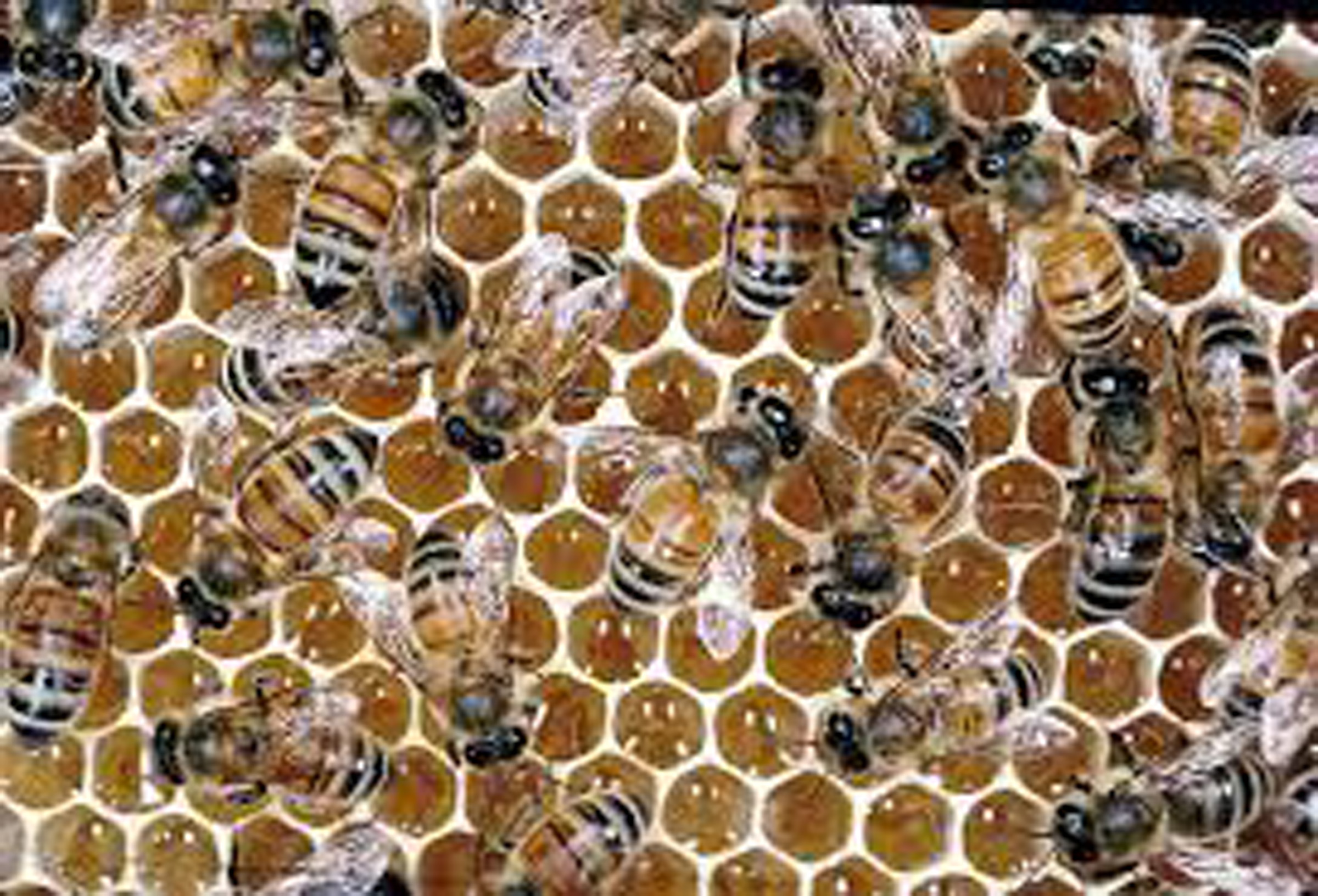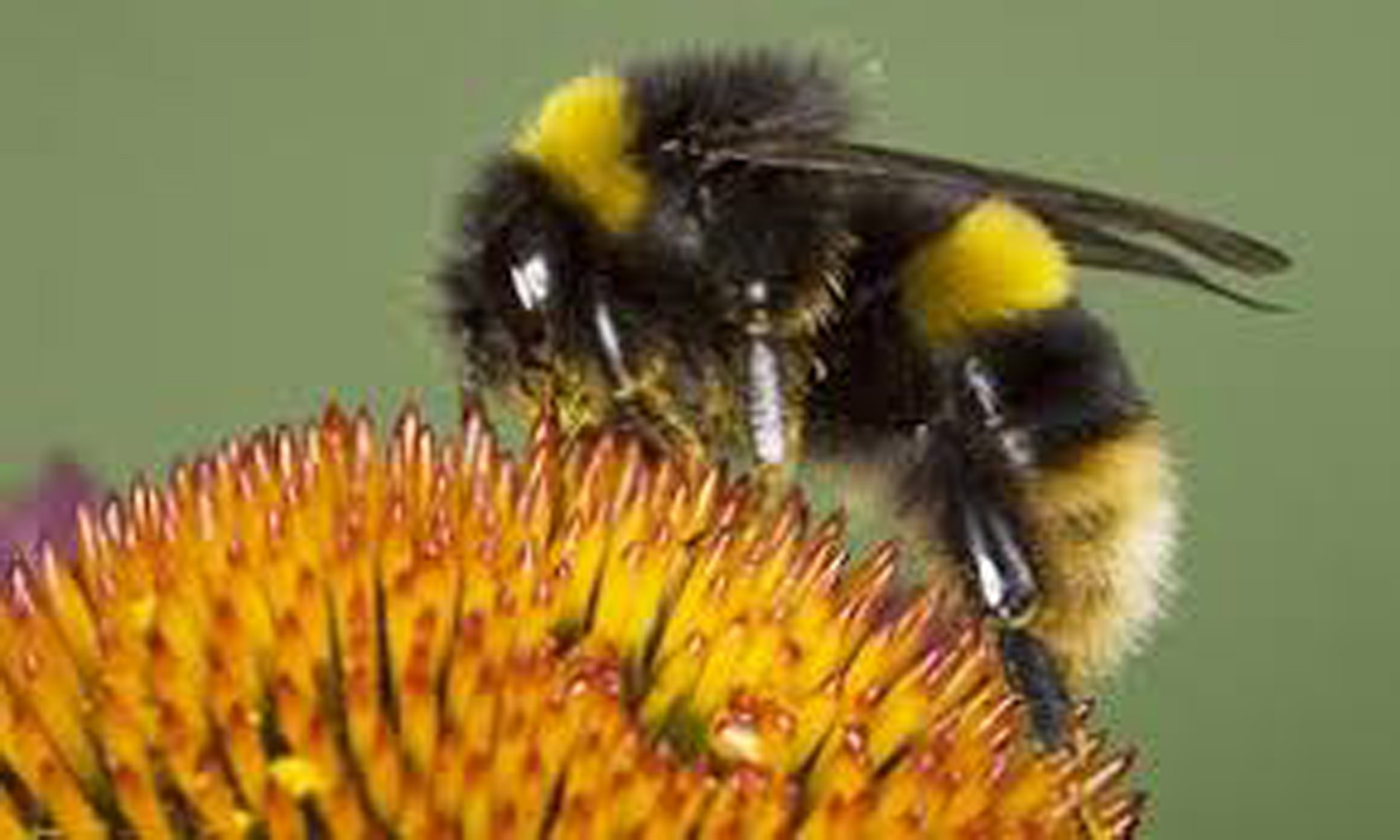Farm & Ranch
The Buzz About Bees

By Jessica Crabtree
Mention the word bees to most of the population, and you will have folks running. Most would be surprised to learn these insects are not out to hurt you and are actually extremely complex and fascinating. To the average person, bees offer a threat when actually they only render harm when feeling threatened. In this piece we will decipher between two kinds of bees, their relevance to the world and shatter myths and mystify readers with their complex life.
There are more than 50 different kinds of bees. In the United States, we are most interested in two. Number one is the bumblebee and secondly, the honey bee. The bumblebee has a conspicuous body shape. For its size and body shape, aerodynamically it shouldn’t be able to fly, but yet can, explained Red River Valley Beekeepers president, Kerry Roach.
The honey bee is known as Apis mellifera, which is Latin for honey maker. The honey bee is not native to the United States. It was imported from Europe among the first settlers. To beekeepers, honey bees are called “the Italian bees” and are revered as the most popular variety. The honey bee is just that, a prodigious honey producer who is non-aggressive. Most that are raised by beekeepers are gentle with a non-aggressive disposition. However, stepping on one or swatting at one may make a bee sting out of a protective reaction. Roach admitted, “All bees will sting, but the Africanized bee is genetically formed to be defensive and aggressive against enemies within their area.” When bees are shown on the media and being aggressive, more than likely the bees are African honey bees, a subject we will return to momentarily.
Busy Bee Bodies
The honey bee lives in colonies or bee hives. They have two pairs of wings and compound eyes. Interestingly enough, bees can communicate to each other. How you ask? Through pheromones, a body chemical that allows bees and other animals the ability to talk to each other by smell. This is done through their antenna. From these pheromones, a bee can tell whether a bee is from the same hive, a worker bee, a queen bee or if being warned about danger such as honey robbers.
To read more pick up a copy of the August 2017 NTFR issue. To subscribe call 940-872-5922.
Farm & Ranch
Hazards of Backyard Poultry

By Barry Whitworth, DVM
Having backyard poultry is a popular agriculture enterprise. According to the United States Department of Agriculture, 0.8 percent of all households in the United States have chickens. People keep chickens for a variety of reasons with table eggs being one of the more common reasons.
Unfortunately, some of these poultry producers are not aware of the hazards that come with keeping poultry because many times they carry pathogens but appear healthy.
Chickens are carriers of several zoonotic diseases. These are diseases that can be passed from animals to humans. According to a recent survey in Pennsylvania, a majority of backyard poultry producers were aware of the dangers of avian influenza. However, this study also revealed that far fewer producers were aware of the risk of possible exposure to Salmonella and Campylobacter.
The lack of knowledge about the hazards of raising poultry likely contributes to the continued issues of Salmonella outbreaks associated with backyard poultry. In 2023, the Centers for Disease Control and Prevention reported 1,072 illnesses of Salmonella linked to backyard poultry, and 272 of those patients required hospitalization. Oklahoma reported 43 individuals with the disease.
To read more, pick up a copy of the April issue of NTFR magazine. To subscribe by mail, call 940-872-5922.
Farm & Ranch
Ag Elsewhere: Wyoming

By Tressa Lawrence
Babies are tucked away in every nook and cranny. Many ranchers across Wyoming have baby animals popping up all over this time of year.
Farm & Ranch
Ag Elsewhere: Montana

By Lindsey Monk
Another load of grain in to keep feeding the calves until the green grass can really start popping.
-

 Country Lifestyles1 year ago
Country Lifestyles1 year agoScott & Stacey Schumacher: A Growth Mindset
-

 Equine7 months ago
Equine7 months agoThe Will to Win
-

 Country Lifestyles7 years ago
Country Lifestyles7 years agoStyle Your Profile – What your style cowboy hat says about you and new trends in 2017
-

 Country Lifestyles4 years ago
Country Lifestyles4 years agoAmber Crawford, Breakaway Roper
-

 HOME7 years ago
HOME7 years agoGrazing North Texas – Wilman Lovegrass
-

 Country Lifestyles7 years ago
Country Lifestyles7 years agoDecember 2016 Profile, Rusty Riddle – The Riddle Way
-

 Country Lifestyles8 years ago
Country Lifestyles8 years agoJune 2016 Profile – The man behind the mic: Bob Tallman
-

 Outdoor9 years ago
Outdoor9 years agoButtercup or Primrose?







